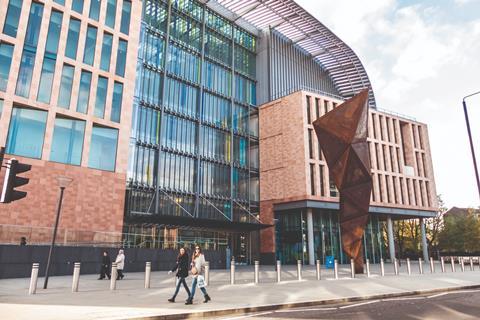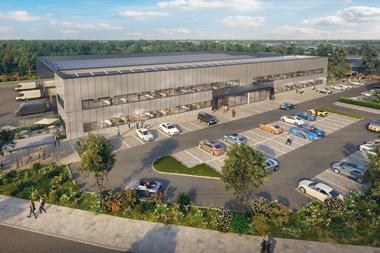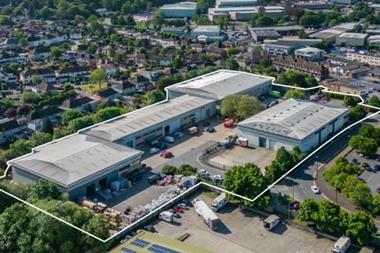In the press there have been polarised figures on the London office market in recent months, leading to some confusion from overseas investors.

Contradictions include the fact the overall London office vacancy rate is around 10%, but on the other hand, some record-breaking rents have been achieved.
What is happening on the ground?
Colliers’ data confirms the overall London office vacancy rate stands at 10%, which, despite falling from a peak of 11.4% in late 2022, is still significantly above the 10-year average of 6.4%.
It’s worth breaking this data down, however, and looking at each submarket to get a real idea of what is happening. For example, the vacancy rate for new, grade-A offices in the City core is just 1.6%.
This follows the trend in demand for high-quality office space, which has spiked post-pandemic. Occupiers now have a sharper focus on location, proximity to transport hubs, access to amenity and their commitment to net zero carbon.
On the other hand, the supply of these best-in-class buildings remains at near-historic lows, particularly in core submarkets. What this means is that there are pockets of rental growth at the prime end of the market in London, but downward pressure on rents for secondary space.
Another significant factor affecting the occupier market is the UK government’s proposed enforcement of the Energy Performance Certificate (EPC) ‘B’ target for privately rented non-domestic buildings by 2030. This means that the market has been split into ‘green buildings’ that meet the EPC standard and ‘brown buildings’ below the EPC target.

Green buildings are showing resilience in securing good-quality tenants, achieving premium rents as a result. In contrast, brown buildings are struggling to secure tenants even where landlords are offering incentives and reducing their own expectations. This is motivating many property owners to create their own strategies to improve their buildings’ green credentials.
One of the biggest hurdles to these green renovations is the need for available capital to carry out the project. In response, many owners are funding the changes through raising the service charge or adjusting the rents at a property.
What does the future hold for London offices?
While there is still a lack of supply for green buildings, the valuation gap between efficient and inefficient buildings will widen. We expect this will motivate landlords to put more capital into underperforming assets to maintain or improve their value. The landlords with less liquidity, experience or desire to put effort into making the required changes will eventually be forced to sell their properties. This will result in more value-added opportunities emerging in the market.
As refurbishments take place, there will be a positive knock-on effect in users’ experience of London’s offices. Central facilities such as building management systems will become more efficient and responsive and amenity spaces will be prioritised, as will outdoor and communal areas.
As mentioned before, office supply still exceeds demand, which is reflected in the vacancy rates. Therefore, it is safe to assume that more buildings in the non-core commercial areas will be changed into different uses. In towns, we can see these offices being changed to residential, purpose-built student accommodation or hotels to help cope with local demand for these types of properties.
This change of use may well result in the formation of new and interesting clusters in non-core commercial submarkets. We are already seeing this happen with the growth of the knowledge quarter in King’s Cross and the life sciences hub being created at Canary Wharf.
In conclusion
At first glance, the headlines about the London office market can come across as confusing and send mixed messages. However, when you dig below the surface, there is a market undergoing significant change and adapting to the need for sustainable buildings, following a turbulent period during the pandemic.
This isn’t the end for London’s evolution and those investors who can keep abreast of the latest trends and occupier demands will be the best placed to succeed in the coming years.
Sean Tsoi is associate director in Colliers’ London capital markets team
































No comments yet